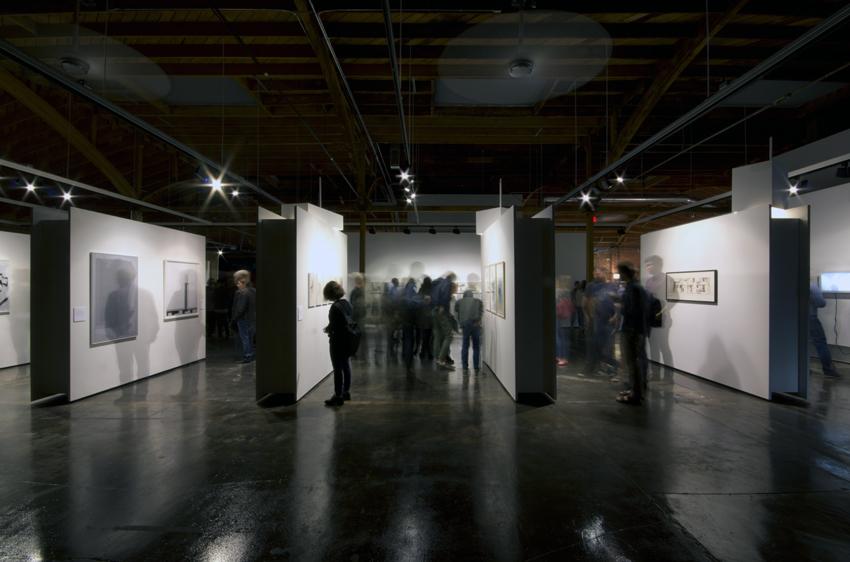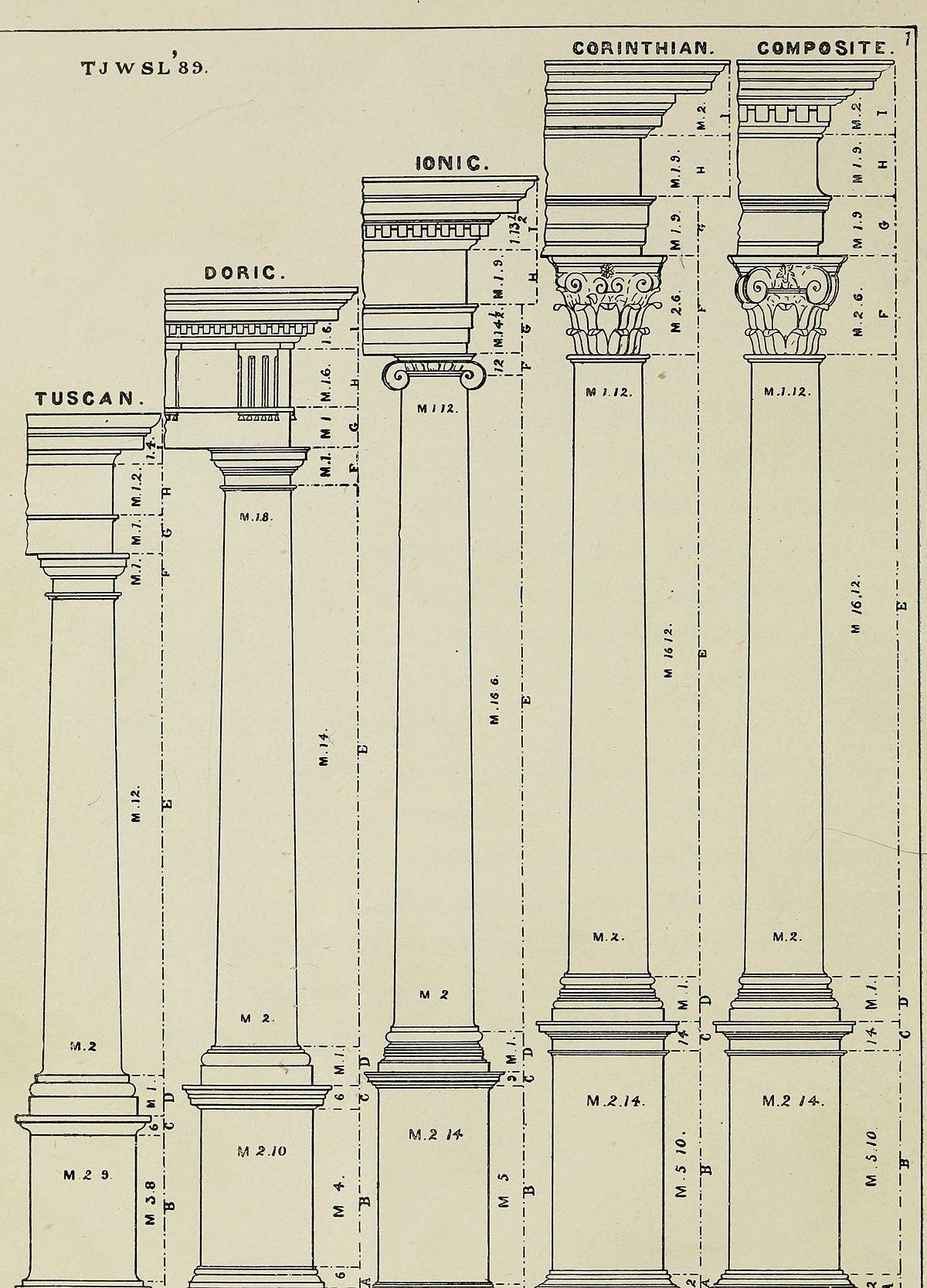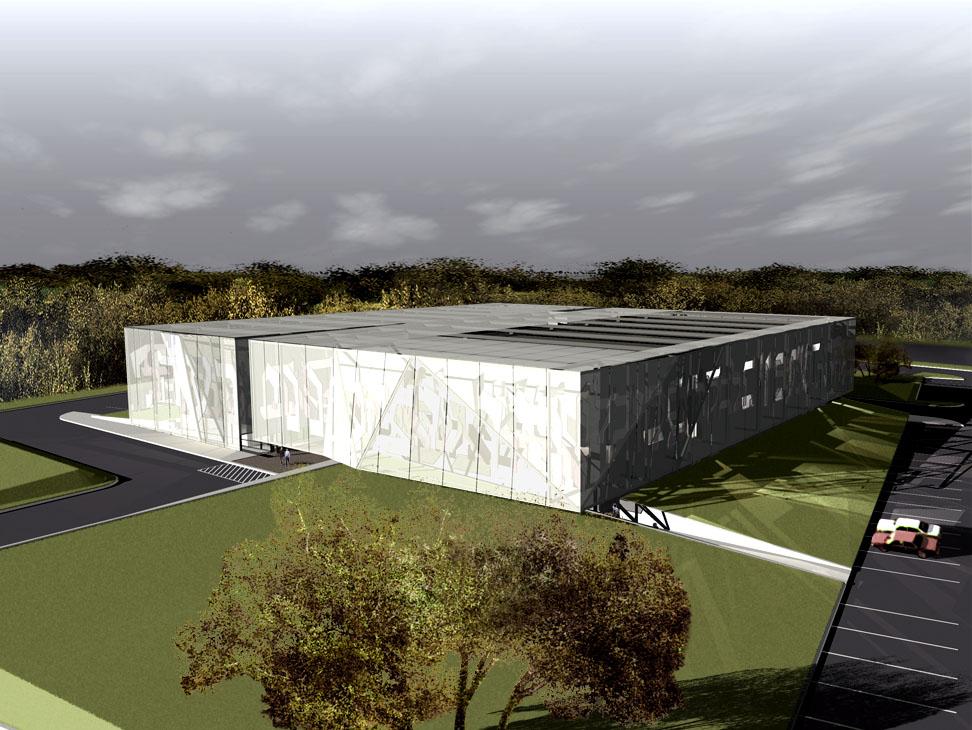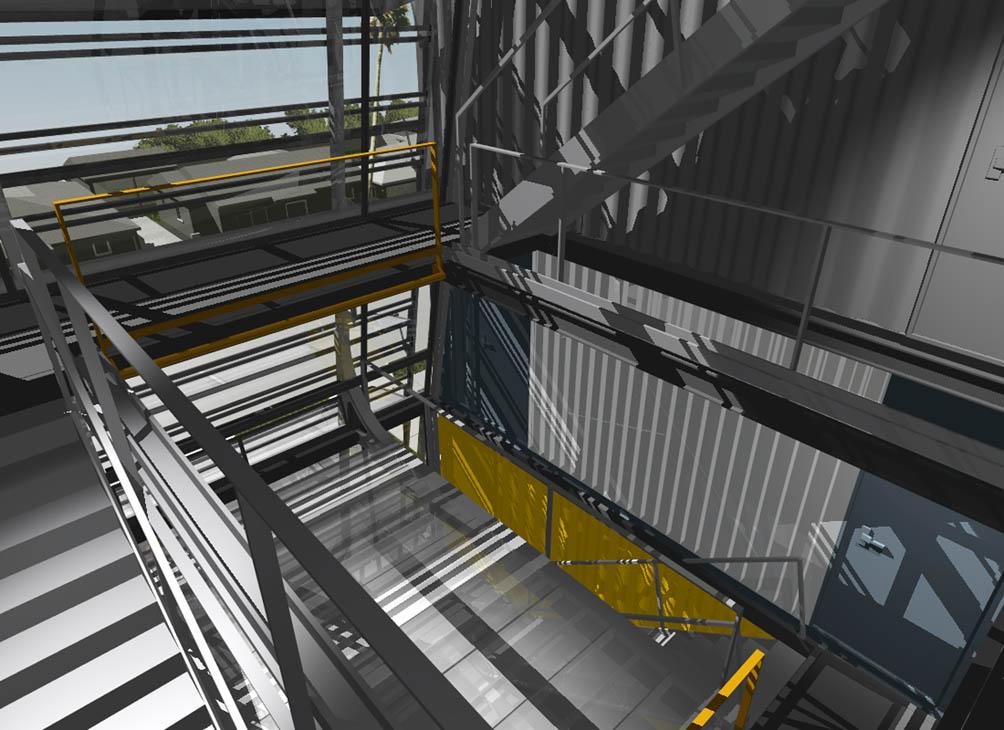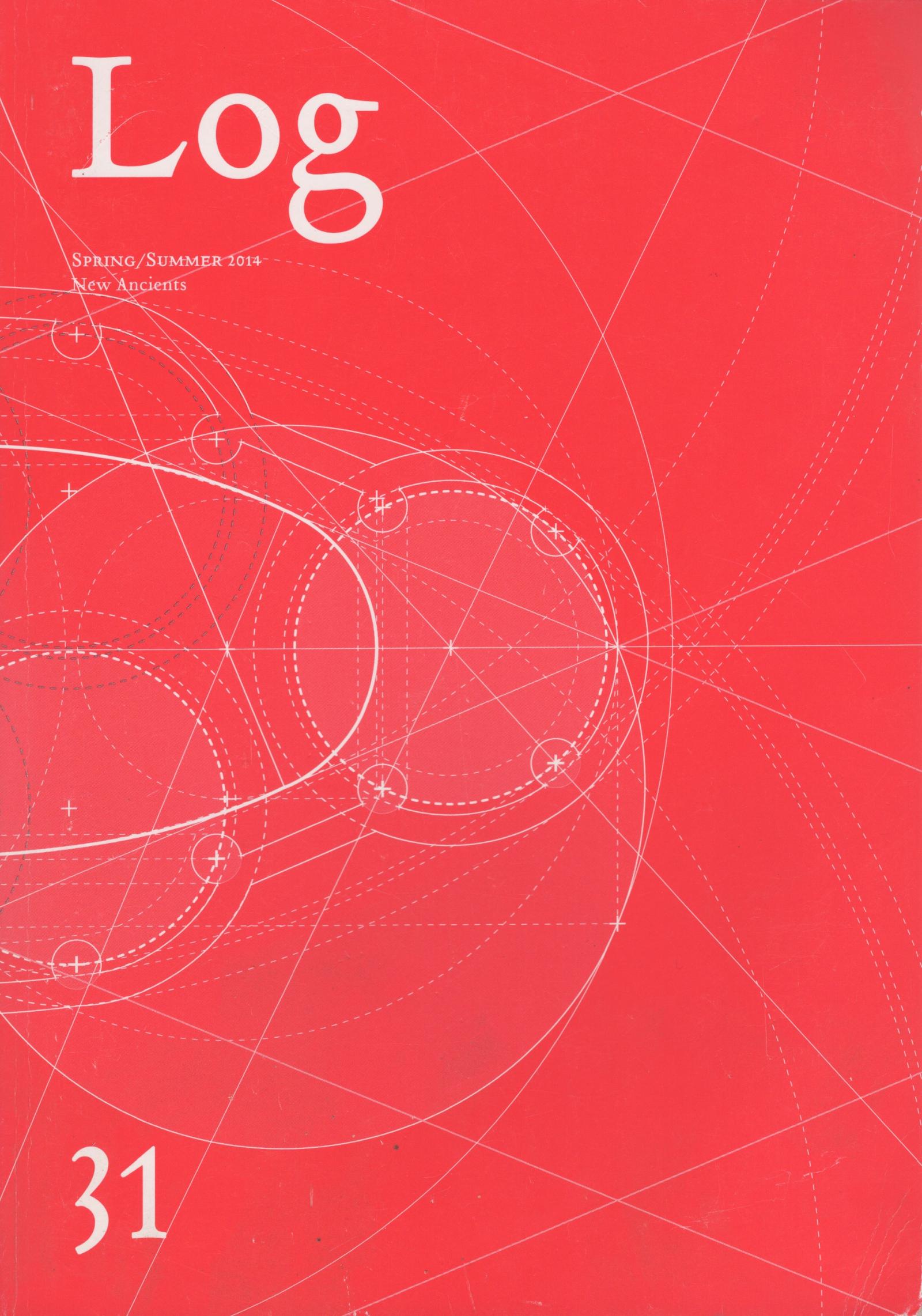Meet Professor of Practice Dora Epstein Jones

Dora Epstein Jones, Ph.D., is a theorist and teacher of architectural culture. Her work mainly focuses on the discipline of architecture and includes interrogations of the discipline’s boundaries and operations through examinations of tectonics, practice, and pedagogy, as well as (generally external) concerns such as gender, sex, mobility, and criticality.
A firm believer in public education, Epstein Jones holds a Ph.D. in Architectural History, Theory, and Criticism from UCLA, an M.A. in Urban Planning from UCLA, and a B.S. in Applied Behavioral Sciences (Community Studies) from UC Davis. She has served as principal with Jones, Partners: Architecture with Wes Jones; the Coordinator of both General Studies and History & Theory at SCI-Arc; the Executive Director of the A+D Architecture and Design Museum; and the Chair of Architecture at Texas Tech University.
Epstein Jones is currently engaged in a forthcoming book for the Writing Architecture series titled The Order of the Orders, a treatise on the construction of order that produces architectural meaning; a work of fiction tentatively titled Dorothy that explores the rural histories of hate in America; and essays related to architectural pedagogy, artificial intelligence, and the perpetuation of the genius myth in design.
We recently caught up with Dora to learn more about her and her work.
As a theorist and teacher of architectural culture, your work explores an expansive breadth of topics, and you have a deep knowledge of the field. Could you talk a bit about some ideas you’re exploring now and their urgency within the discipline today?
Sure, and before I start, I want to thank everyone at the UTSOA for creating such a generous and welcoming intellectual community. There are several relevant and necessary discourses already open and present at this school. For this reason, I would want to speak first as a theorist.
Being an “architectural theorist” still feels very much like a (weirdly) radical position – like being a voice that is somehow utterly within the discipline but also an agitator, a strange external being. I do think this doubling is an effect of working on the “big picture,” or even the long duree, of architecture, so it may also be a matter of perspective. Nonetheless, I want to make it quite clear that it’s possible to support an idea of a discipline and demand that it change. Those objectives are not mutually exclusive.
Given that, my message has not wavered much over the last 30 years: the discipline of architecture is more elastic and more generous than we have previously acknowledged. My current work is really a proof-of-concept of this “elastic discipline”: a study of the column orders. The column orders are intended as a foundational tenet of the discipline, and so, historically, the orders have had to “bear the weight” of the discipline’s lasting coherency, even its so-called veritas. But, it takes almost no digging to find that the orders of the columns hardly ever found agreement, much less any stability, and nothing even remotely near a conceptual stability!
So, with the current work and the reformed foundational tenet, I am also actively turning my attention to other places where disciplinary boundaries are contested. This is not merely “architecture in the expanded field.” It is, in fact, a radical redefinition of what constitutes a “knowledge field” in the first place and really how dang hard that field works to preserve its boundaries, especially when evidence points to the contrary. Racializing the history of architecture, for example, is not a re-singing of a tune; it’s probably the ONLY way to move past the fictions of whiteness that have made up 99.9% of architecture’s self-narrative thus far. I’m trying to be the fly in the ointment or the wrench in the works of any normative assumption in our field, whether that is the pervasiveness of singular narratives, how we collectively work to withhold and gatekeep technology, or how the studio system is still a (mostly) one-size-fits-all degree.
That said, I won’t be deterred right now from the importance of constructively addressing climate change. I believe that we should call for a discipline-wide moratorium – on all schools, all practices, all professionals – to ONLY work on projects that contribute directly to our climate and our survival and to anticipate and rectify the injustices that will be exacerbated by climate change. We are the ones responsible for the design of the built environment. I can’t think of any duty more important.
You’ve taught at multiple architecture schools, SCI-Arc, and, most recently, Texas Tech University. What appealed to you about joining the UT School of Architecture? What are you looking forward to about being here?
Oh, gosh, everything! But mostly, I think there’s a congenial atmosphere of collaboration and care that is just so present here. The faculty is stellar and super-active. The students are all so engaged. And really, that is another of my big messages when we consider ideas at the level of a discipline: ideas require activity. They require argumentation, debate, and consensus. They require experimentation, testing, and a kind of fearlessness of application. And they require deep knowledge, knowledge of histories, traditions, and conventions. In other words, ideas no longer belong to solitary geniuses if they ever did. No. Ideas are a group responsibility, and the community of scholars at UTSOA proves this time and time again. I’m looking forward to not working alone.
Another attractive aspect of UT Austin is that there is a lot of encouragement toward what I might call “fruitful pedagogy.” I see many schools where professors have been teaching X for 30+ years, and that’s a great gig, I suppose, but I think it’s much better when the research interests and the curriculum dovetail and intersect like they do here at UTSOA. This way, a student can take a studio and see what their instructors are actively building or interact with the very community that the instructor is serving with their research. The work is alive that way, and the students truly benefit.
This last semester you taught a course on the history of prefabrication, and this has been a topic you’ve written about throughout your career, including your doctoral research. Could you talk broadly about this area of exploration and what prompted your interest in it?
So, yes, this is one area where the research and teaching clearly overlap. Prefabrication, much like the orders of the columns of yore, is seemingly fundamentally predicated on a sense of order – a coherent system of constructible pieces that follow a clear system of logistics and delivery. In most minds, prefabrication is an ideal of efficiency, and the spirit in which prefabrication is proposed is so fervent and hopeful. But, it’s funny, you know? If there was at least one “right” way, don’t you suppose we would all do that? Well, of course, we don’t. And, of course, it seems that prefabrication comes down the pike every 20-30 years or so as if it is the new big idea that will change the built environment for everyone. The kicker is that architecture as a discipline actually resists that level of homogenization. Isn’t that delicious, or should I say, on behalf of Vitruvius, delightful?
I guess I’m attracted to that – the persistence of delight and surprise, of originality, of meaning – and I’ve argued here and elsewhere that contemporary fabrication strays from prefabrication in precisely this way. I’m a real sucker for AI and robotic fabrication and for curious assemblies and messy tectonics – and I do think all of this contemporary fabrication (which UT Austin is known for) has a lot to say about creating difference with the very tools that were given to us to create a stultifying sameness.
The other seminar you taught last semester focused on student publications in architecture schools, and you’re tasked with helping students re-envision our student publication, ISSUE. As someone who has published works about specific design practices and has experience with the curation and dissemination of architecture and design in your past role as Executive Director of A+D Architecture and Design Museum, what role does this type of publication and curation play within our fields, generally, and within the student academic context?
Yes, well, I’m of two minds here – and I think both are relevant to the question. First and foremost, a cultural steward such as a faculty advisor on a publication or the Executive Director of a museum must be a role of service. This sense of the leader-servant is becoming more regular, but for ISSUE, I am only there to move the students to the goal. The second is understanding innately, daily, what a tremendous responsibility it is to create a platform or a venue for VOICE. Curation and publication are increasingly principal means by which architectural ideas come into circulation – into play in our discourses. So, if there are ideas or some group activity that is cooking ideas and could potentially redirect or drive discourse, you MUST be actively bringing those ideas to public attention.
What is something that students and colleagues should know about you? Besides your work, what’s something you’re passionate about, or what do you do for fun?
I collect vinyl records! Mostly, I listen to old vintage blues, and it sounds just lovely and crackly and warm and alive at 78 or even 33 rpm. I can’t think of a better Saturday than a bit of rain, a bit of baking, and listening to records. Oh… well… maybe an old used bookstore with a resident cat. Hmmm, can I do both?
